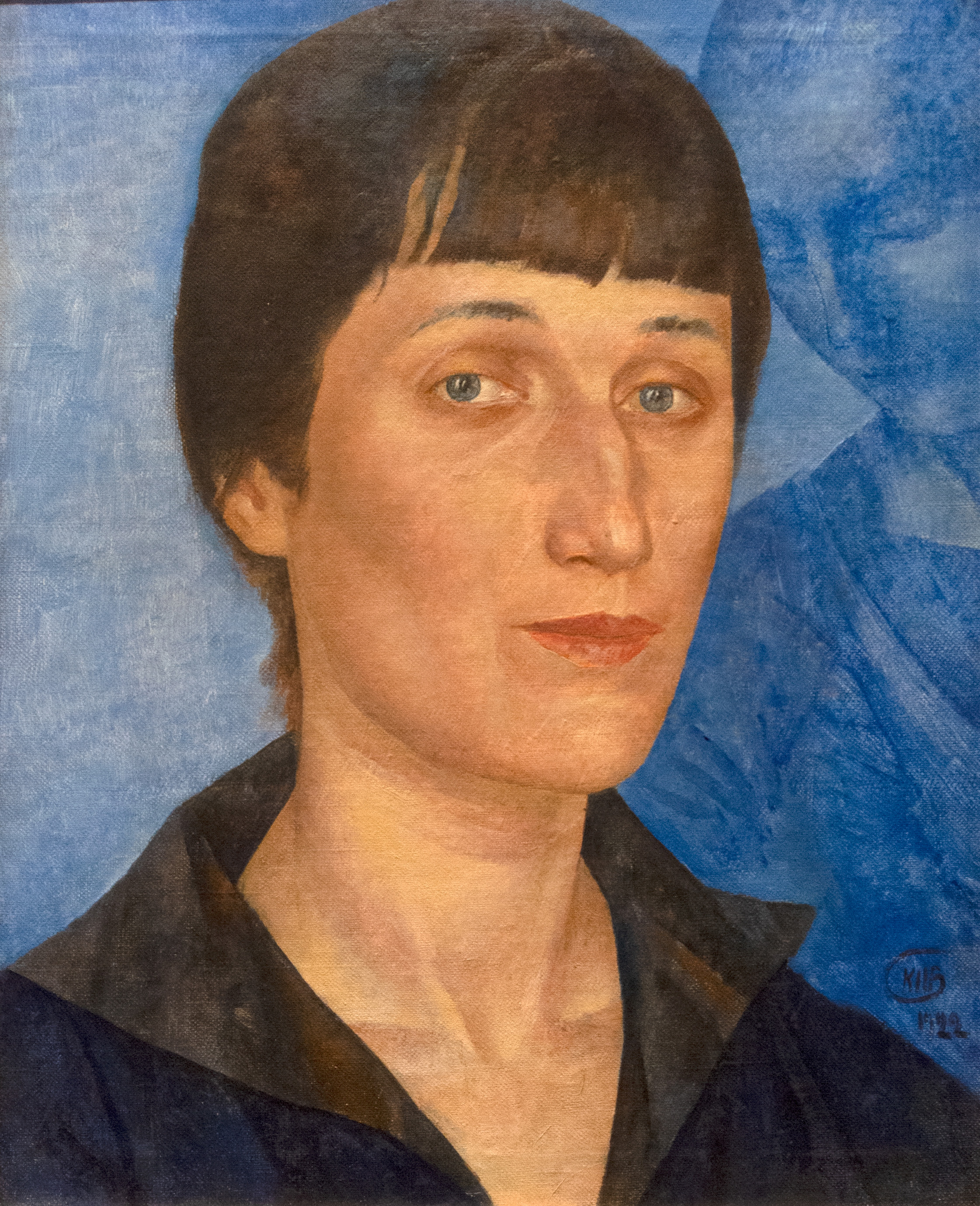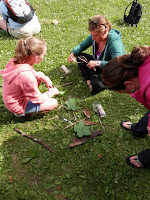CGEE STUDENT VOICE
by Steven Beardsley
Monday, June 27, 2016 – Day 1
The Scientific Journey Begins
 |
| Teachers record their results for "The Incredible Journey" |
Today marked the first day of the annual St. Croix River Institute
St. Croix River Institute at Interstate State Park and William O’Brien State Park. 43 teachers attended this year’s three-week institute along with students in Patty Born Selly’s MAT group at Hamline. We had a wide variety of teachers from High School Physics to ELL, ESL, English/Creative Writing, and general science education. Actually, this year marked probably the greatest diversity in terms of subject range, showing how inquiry, science, and literacy are all interacted when learning and teaching about the environment.
Our lead instructor, David Groack, also talked at length about this after participants did the institute’s first activity: “The Incredible Journey.” For this activity teachers modeled the water cycle by rolling a six-sided die that told them to either stay at a station or move to others. The stations represented different areas where water travels such as: oceans, groundwater, clouds, rivers, and lakes. Teachers also got the chance to practice using their science notebooks to write down how often they left or stayed at a station. The activity was a great energizer to show how water travels and sometimes ends up trapped longer in certain places over others. This was the first of many
Project WET activities that the institute is supported by.
Riding the Taylor Falls Queen down the St. Croix
 |
| A Bald Eagle in a tree. One of many along the river. |
The second part of the morning involved riding down the St. Croix on the Taylors Falls Queen on a
scenic boat tour where we learned a little bit about the river and the interesting rock formations down there. Teachers did not get to simply listen to our boat driver though because we were all instructed to use four of our five senses (sight, smell, touch, and hearing, but not taste because most of what we could taste were the bagels and/or coffee we’d had while on the trip or before boarding) to write down observations along the river.
 |
The St. Croix Cross. St. Croix actually means "Holy Cross."
|
This was a fun creative writing activity for me because I got to practice smelling things and noticing things like the exhaust from the boat we were riding on to the cold breeze that day. Our boat captain also talked a lot about the different rock formations that he thought looked like George Washington to one that he believed was representative of a witch.
I thought the one that the one named the Saint Croix Cross (what the river was named after) was interesting including the indigenous pictographs on the rock by the river. Sil Pembleton and David Groack also pointed out differences in tree species and foliage along the river, and we saw and took great pictures of some Bald Eagles and even some Turkey Vultures. It was harder to take a Turkey Vulture photo since they were flying around the eagles. We also learned that Highway 8 may be closing down because there are some
endangered bats that need to be moved nearby. Just goes to show that you learn a lot going on a boat trip down the river, something that not everyone gets the chance to do.
 |
| Making observations while riding the boat |
Geological Inquiry: Re-creating our story of the St. Croix Potholes
 |
| Sil modeling rainfall and how rivers form before we do Stream Tables |
 |
| Teachers discussing after their first time playing with the stream tables |
After lunch we divided up into 2 groups with one group going with David and Karl to explore the glacial potholes with the other working with Sil and Ed on stream tables. Jenni and I managed to do stream tables at first and, even though I’ve done them at past institutes, it was still fun modeling how water travels through land and how it erodes certain areas.
The activity also connected a lot to how residents and engineers place housing and other developments along rivers. With my particular group we noticed how putting rocks to shield houses from being flooded diverted the water to other areas that quickly got eroded. Also, houses that seemed safe from flooding also had a water problem, which meant they needed to dig into the ground for water. Overall, the activity was good for showing students and even reminding others the importance of realizing how one action may impact someone else down the river.
 |
| Our Million dollar mansions on the river |
 |
| Karl takes us to our first stop on the tour |
Our final activity and the second part of Geological inquiry today involved hiking and touring some of the glacial potholes in the park. We were further divided into one group that specialized in geology and teaching earth science while the second group got more guided inquiry from Karl. I learned quite a few things on the walk such as the white spots on rocks on the trail were from lichen which is a symbiotic relationship between algae and moss. Another cool thing I learned was that agates form in the vesicles (or little bubbles) in the rock.
 |
| A glacial pothole at the park |
We also learned more about how the glacial potholes formed, but we got to piece it together with our own observations, which is what inquiry and even story telling is about. I also know that fables and folk tales and other oral tales are often ways of how different cultures understand the natural world; I think oral tales are also valuable when thinking about the science behind things. You can learn more about the glacial potholes through this link, though I encourage you to attend the institute itself next year especially if you’re thinking about engaging students in this particular topic :D.
History of Interstate State Park.
Concluding Thoughts
 |
| Squeezing through the day |
This was a great first day and start to the institute. We learned a lot in terms of gathering data and asking questions. We also practiced writing questions that we would share the following day on anything we learned while on the river or through the geology inquiry. David, our lead instructor, also introduced the “Sum of the Parts” activity where each participant is given 1 million dollars (figuratively not literally, the institute is free but not THAT free), to create their own dream house on the river. He also had participants draw logos that represented what they learned on the boat trip and during the geological inquiry. You can see some cool logos on our
facebook page too or in the next blog post (provide link when that post is up too).


 CGEE Student Voice
CGEE Student Voice

.jpg)






































